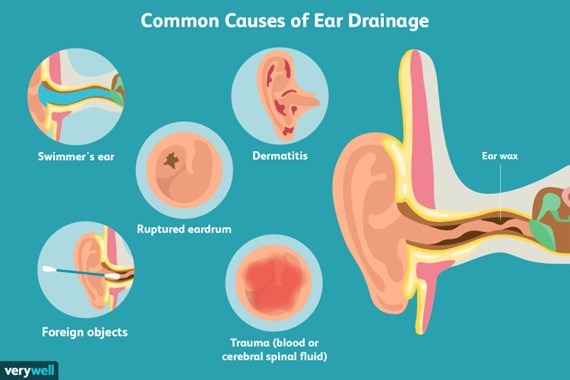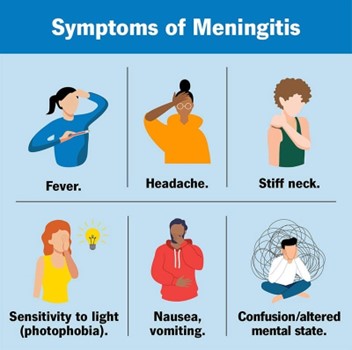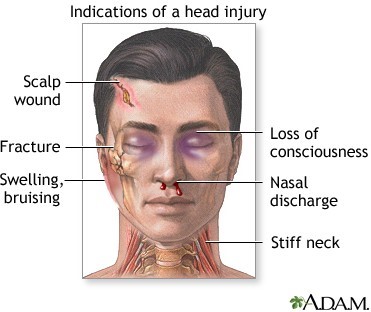A nurse is collecting data from a client who fell at home and reported a brief loss of consciousness. Which of the following findings should the nurse immediately report to the charge nurse?
Edematous bruise on forehead
Client disoriented to place
Heart rate 110/min and regular
Small drops of clear fluid in left ear
The Correct Answer is D
The nurse should immediately report small drops of clear fluid in the left ear to the charge nurse. This finding could indicate a cerebrospinal fluid (CSF) leak, which can occur as a result of a head injury. A CSF leak can be a serious medical condition that requires immediate attention.
An edematous bruise on the forehead, client disorientation to place, and a heart rate of 110/min and regular are also important findings that the nurse should report to the charge nurse. However, these findings are not as urgent as the presence of small drops of clear fluid in the left ear.

Nursing Test Bank
Naxlex Comprehensive Predictor Exams
Related Questions
Correct Answer is C
Explanation
A.Obtaining a throat culture specimen might be necessary if a throat infection is suspected, but it is not the immediate priority without first assessing the presence of fever or other systemic signs.
B. Performing a complete blood count could be useful in diagnosing underlying conditions or infections but is not the initial action; the temperature check provides immediate information about potential systemic infection.
C.Check the client's temperature.Headache and stiff neck are symptoms that could be associated with various conditions, including infections such as meningitis. A fever often accompanies infections, and checking the client's temperature helps in identifying if there is a fever, which could be indicative of an infection requiring further evaluation and treatment.
D. Administering an oral analgesic could provide symptom relief but does not address the underlying cause of the symptoms. It is essential first to assess the client’s condition fully before initiating symptomatic treatment.

Correct Answer is A
Explanation
The nurse should report sudden sleepiness to the provider immediately if the client has a traumatic head injury. Sudden sleepiness can indicate an increase in intracranial pressure, which can be a life-threatening complication of a head injury.
Headache, diplopia, and slight ataxia are also important findings that the nurse should report to the provider. However, these findings are not as urgent as sudden sleepiness. Headache can be a common symptom following a head injury. Diplopia is double vision and can indicate cranial nerve damage. Slight ataxia is unsteadiness or lack of coordination and can indicate neurological damage.

Whether you are a student looking to ace your exams or a practicing nurse seeking to enhance your expertise , our nursing education contents will empower you with the confidence and competence to make a difference in the lives of patients and become a respected leader in the healthcare field.
Visit Naxlex, invest in your future and unlock endless possibilities with our unparalleled nursing education contents today
Report Wrong Answer on the Current Question
Do you disagree with the answer? If yes, what is your expected answer? Explain.
Kindly be descriptive with the issue you are facing.
